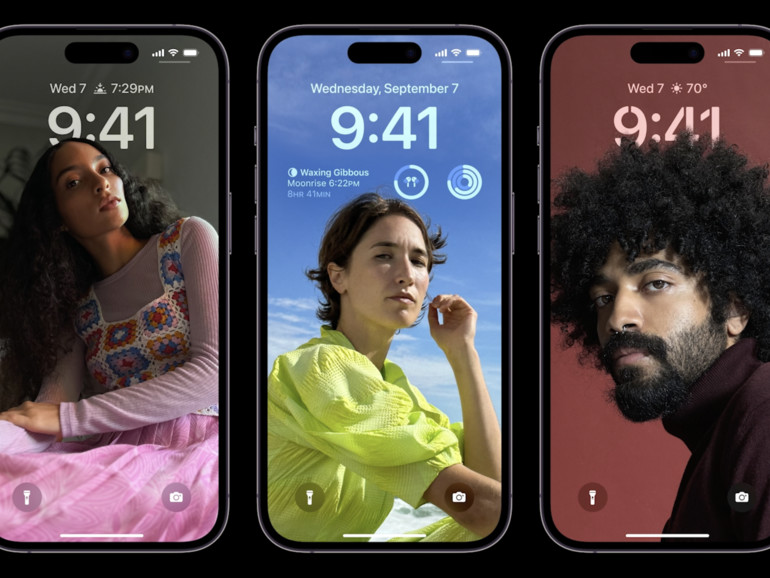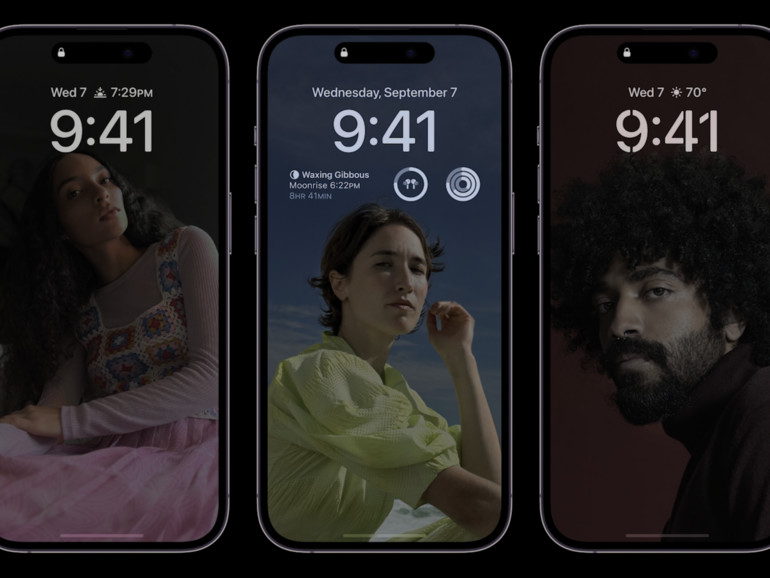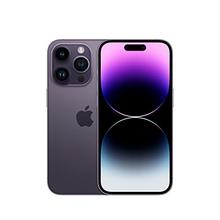With the introduction of iOS 16, it was already announced that Apple would focus on the lock screen this year. The new operating system introduces customizable lock screens, of which you can create several for different occasions. In addition, support for portrait photos and widgets was added. The latter are useful and quickly give you information from your apps. Appropriately, the iPhone 14 Pro has also received a special feature that includes the lock screen: an always-on display.
We thank our sponsor!
This article is brought to you by CleanMyMac X. Find junk data, large old files, macOS legacy issues and large memory hogs with just one click. CleanMyMac X now even detects malware, nasty pop-ups, and unnoticed background activity that slows down your Mac. Get your exclusive CleanMyMac X today for 5% off with the Mac-Life-Link.
How does the always-on display work in the iPhone 14 Pro?
Apple has had several years to experiment. The company has been using LTPO technology in the Apple Watch for some time, which is now making the leap to the iPhone 14 Pro and iPhone 14 Pro Max. It allows variable frame rates between 120 Hz and 1 Hz. The latter frequency is also used in the always-on function. The screen will slow down to 1Hz, so the image will only refresh once per second. This method saves a lot of battery, since Apple also dims the image to dark colors and makes the area appear completely black. The small pixels are switched off for the deep black, so that this is also very battery-friendly.
How does the feature affect the battery life of the iPhone 14 Pro models?
Apple states that the new Pro models have longer video playback runtimes compared to the previous generation. Since the A16 Bionic, including the new display engine, is also more efficient, the effects could cancel each other out. In addition, it is currently still unclear whether Apple has increased the battery capacity of the new models, which could also compensate for the always-on display. However, it can be assumed that a longer battery life can be achieved in everyday use with the always-on feature switched off.


Will iOS 16 Bring the Always-On Display to the iPhone 13 Pro?
Unfortunately, this has to be answered with a clear “no”. After all, the feature isn’t just a software gimmick. Apple introduced LTPO technology in the iPhone 14 Pro and iPhone 14 Pro Max, which lowers the frame rate to 1 Hz. In addition, the company added the display engine to the A16 Bionic, which is also necessary to implement the function in an energy-efficient manner. In theory, Apple could of course add the always-on display to the iPhone 13 Pro and iPhone 13 Pro Max, but doing so would dramatically reduce battery life, as the display hardware used over the last year can drop the frame-rate to just 10Hz while of course the display engine is also missing. However, all older iPhone models that support iOS 16 will be able to enjoy the new lock screens, which is at least a small consolation.
Will you disable or use the always-on display? Let us know in the comments.

Apple iPhone 14 Pro (128GB) – Dark Purple
€1,299.00
iOS 16 and iPadOS 16: All innovations at a glance
Tag: iphone design, iphone 14, apple iphone, iphone release